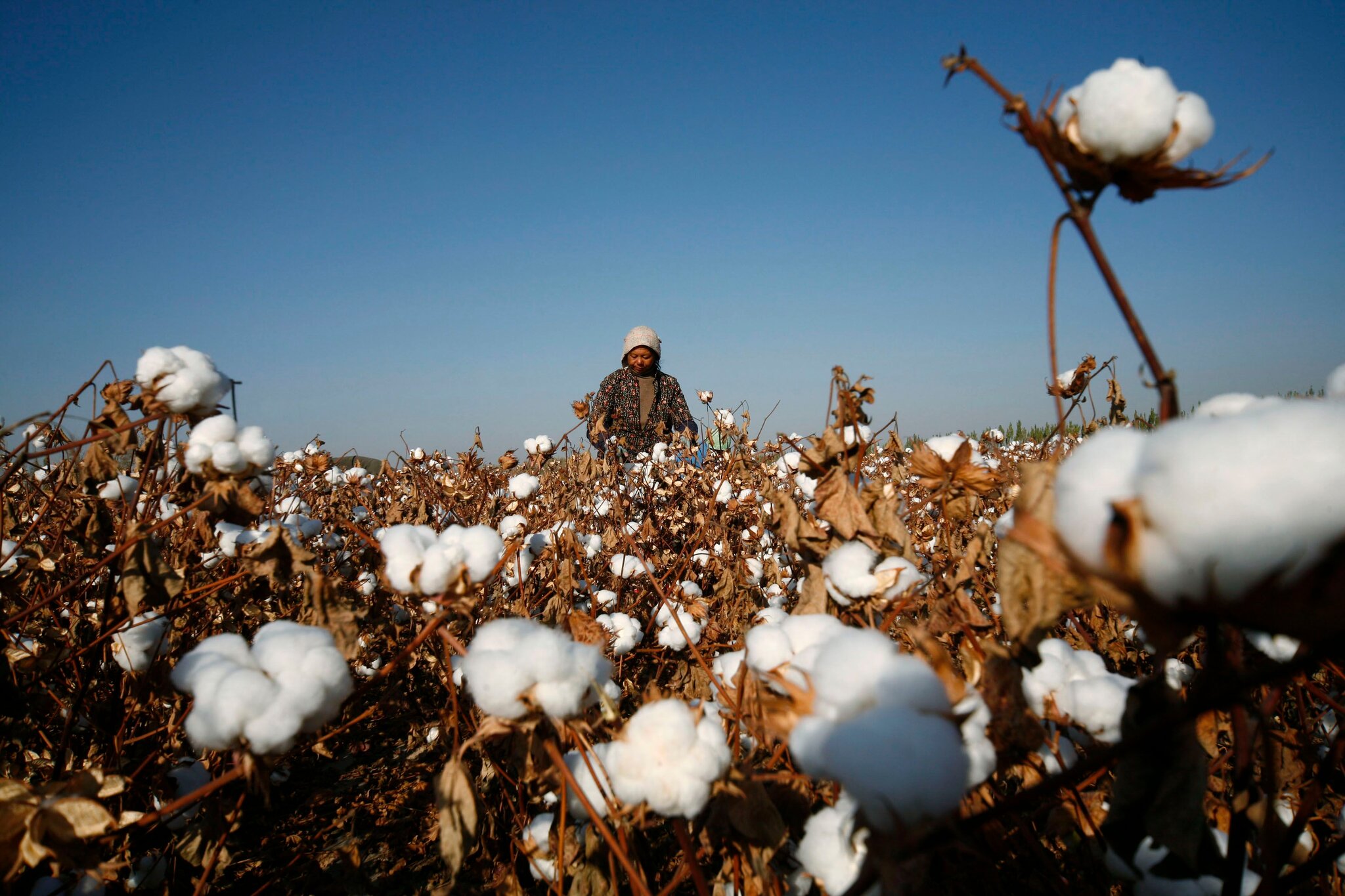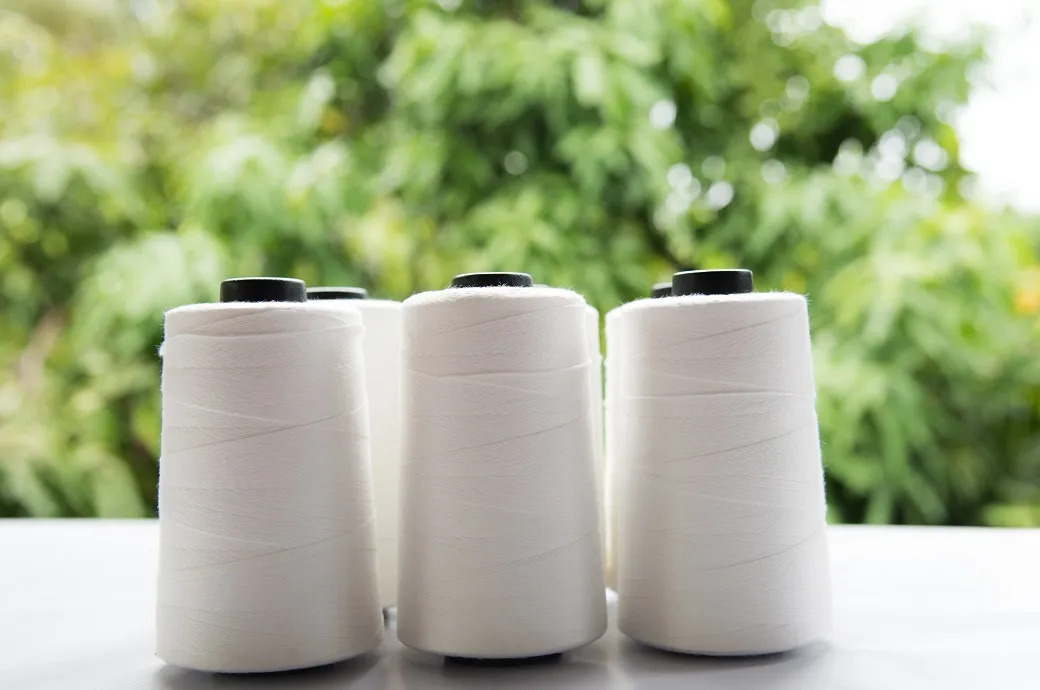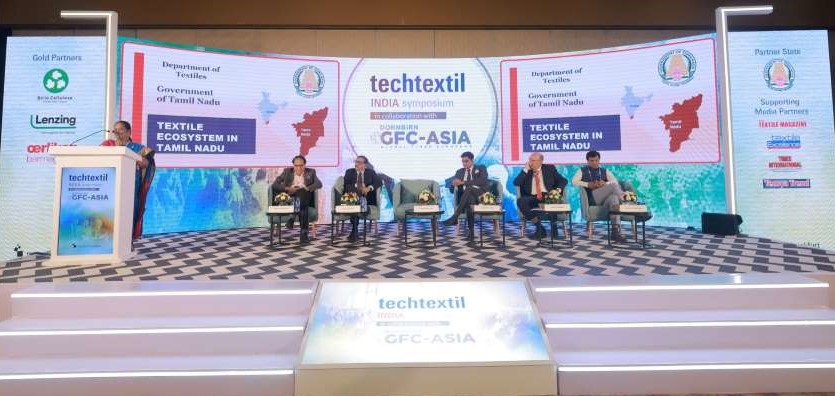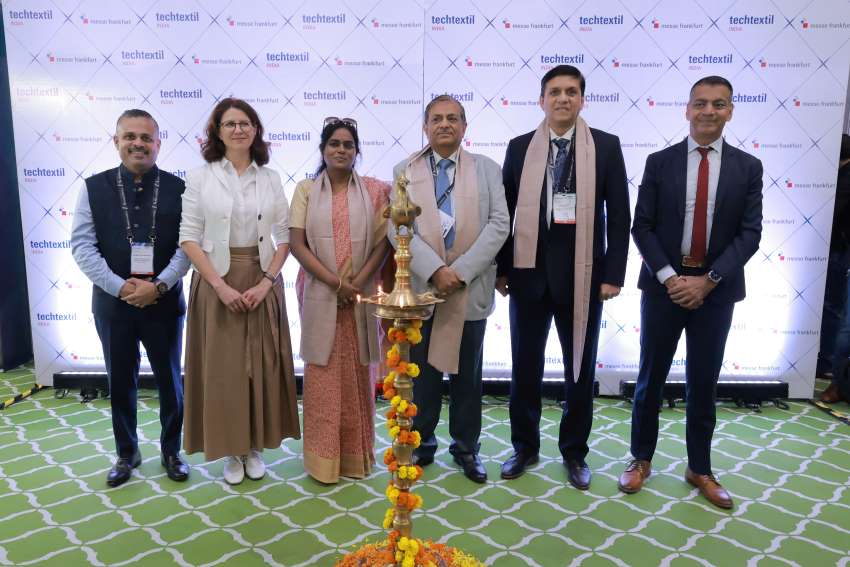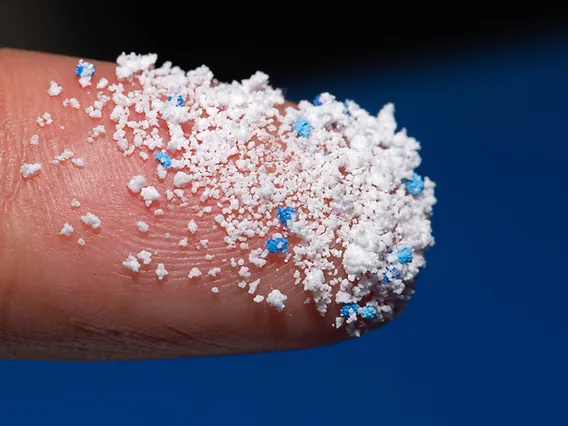
A recent report compiled by analyst Veronica Bates Kassatly and statistician. Terry Townsend, published by the Bremen Cotton Exchange, has brought to light a critical concern: the pervasive presence of microplastics in textile production, particularly within synthetic fibers, and its potential health and environmental consequences. This report expands the scope of concern beyond cotton production to include the significant contribution of synthetic fibers to the microplastic problem.
Concerning microplastics
The report emphasizes the ubiquitous nature of microplastics, tiny plastic particles less than 5 mm in size, and highlights mounting evidence of their harmful effects. It cites studies linking micro and nanoplastics to severe health issues, including myocardial infarction (heart attacks), stroke, and even death. Furthermore, the report points to research that has identified these particles in the bone marrow of leukemia patients and, alarmingly, in the brains of individuals with dementia, including Alzheimer’s disease, with concentrations in some brain samples up to ten times higher by weight than in healthy samples.
A key aspect of the concern surrounding synthetic fibers is the vast number of chemicals associated with them. The report notes that approximately 2,566 chemicals are either used in, present in, or released from PET (polyethylene terephthalate), a common synthetic fiber. Disturbingly, hazard data exists for only a small fraction of these chemicals. While 31 are known to be non-hazardous, 31 per cent are known to be hazardous, leaving the majority with unknown potential for harm. This lack of data underscores the urgent need for further research into the toxicity of these chemicals.
Micofiber hazard
The report stresses that plastic microfibers pose a distinctly different hazard compared to other microfibers and should be treated accordingly in Life Cycle Assessments (LCAs) and Product Environmental Footprints (PEFs). Recognizing this crucial distinction, the European Commission’s March 2024 resolution on the Green Claims Directive mandates that the PEF for Apparel and Footwear incorporate a microplastic assessment.
A significant challenge highlighted in the report is the influence of vested interests on the assessment of microfiber impact. The report points out that the sources used by both the French and EU PEFs to evaluate this impact are not independent scientific organizations but rather entities created and funded by stakeholders deeply involved in the production of plastic apparel. This conflict of interest undermines the scientific integrity of environmental legislation and hinders effective solutions to long-term environmental problems.
Bates Kassatly and Townsend recommend that fashion value chain LCAs/PEFs clearly state that plastic fibers contain hazardous chemicals and that these fibers can lead to exposure to various chemicals throughout the product's lifecycle. They go so far as to suggest that, similar to the health warnings on tobacco product packaging, a warning label should be mandatory on point-of-sale packaging for all products containing synthetic fibers. This recommendation underscores the seriousness of the issue and calls for greater transparency and consumer awareness.
In conclusion, the report by Bates Kassatly and Townsend provides compelling evidence of the potential dangers of microplastics, particularly from synthetic fibers, and their impact on human health and the environment. It calls for a shift towards greater scientific independence in environmental assessments, more comprehensive research into the toxicity of chemicals used in synthetic fiber production, and increased transparency in labeling to empower consumers to make informed choices.

